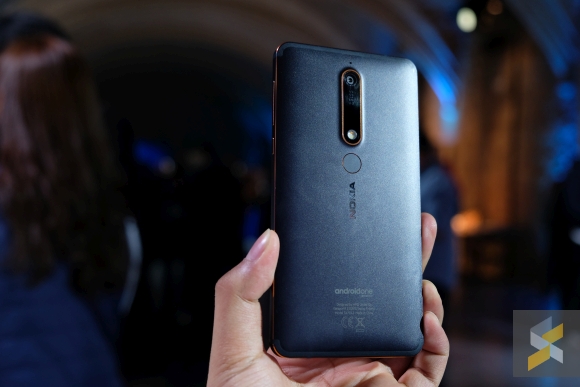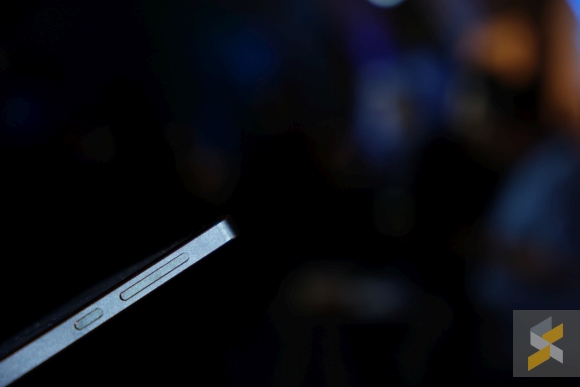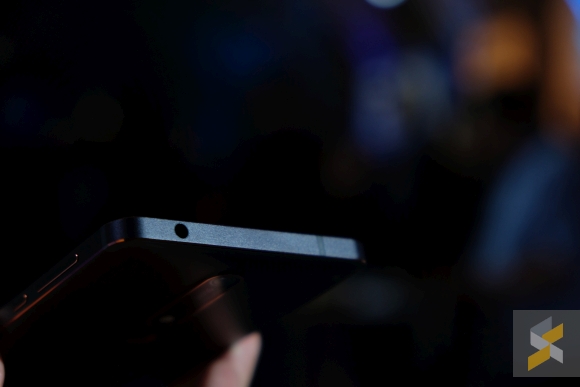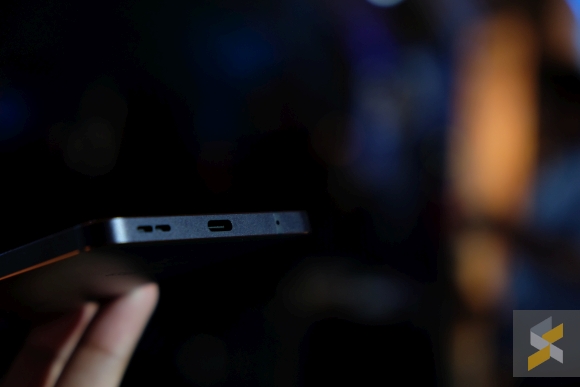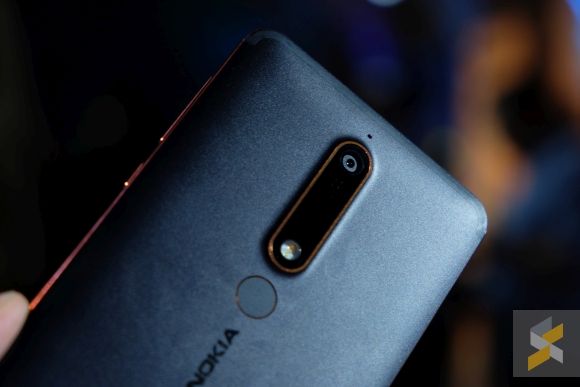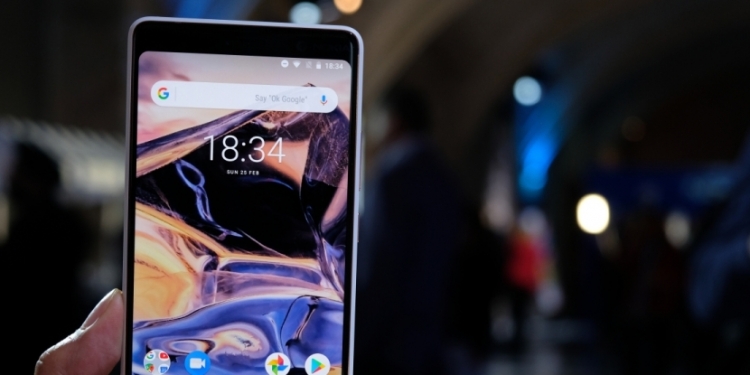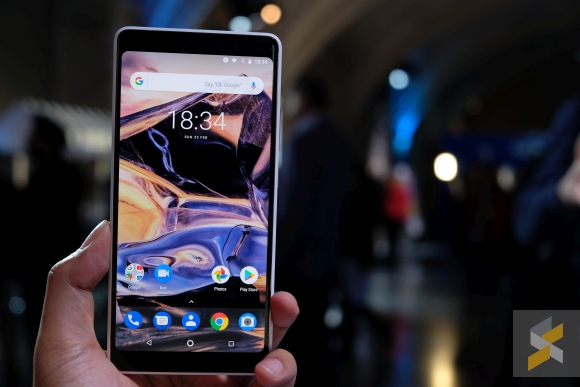I have to admit, I was a pleasantly surprised by the Nokia 7 Plus. I wasn’t particularly impressed with it when I saw it leak, but seeing it in person, the handset definitely gives you a good vibe. Like a Google Pixel 2 XL kind of vibe.
The Nokia 7 Plus is the brand’s premium mid-range handset. As a result, it’s powered by a Qualcomm Snapdragon 660 processor mated to 4GB of RAM and 64GB of internal storage. There’s a microSD slot so you can expand storage further with that.
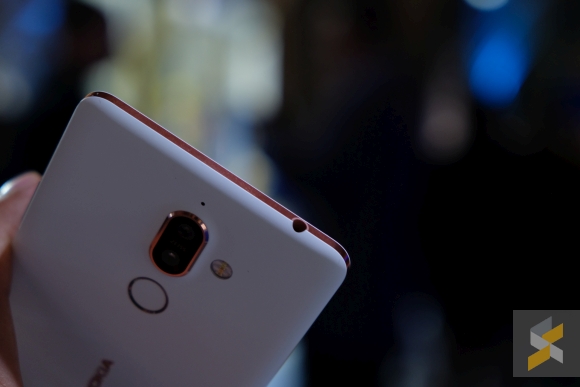
However, the most interesting part of this phone is its display. Unlike the rest of Nokia’s generic lineup of smartphones, the Nokia 7 Plus has a 6″ 18:9 aspect ratio display with a Full HD+ resolution of 2160×1080 pixels. It’s also an IPS panel so it’s got great viewing angles and gets pretty bright from what I can tell. What I love though, is the large 3,800 mAh battery. Nokia claims 2 days but I’ll be the judge of that (if I get the chance to review it).
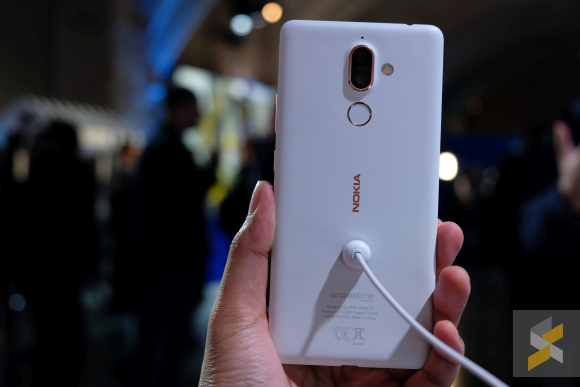
Picking the handset up, I was a little surprised at first. During the launch, Nokia said that the body was machined from a single block of 6000 series aluminium, but the finish felt a little odd to my fingers. It kind of felt like plastic, but also it had a little more depth to it. Apparently, it’s coated with a “ceramic-feel” coating — whatever that means — which explains the slightly peculiar feel in hand.
I’ve held ceramic-feeling phones and actual ceramic phones before but they were all polished to a shine. I guess this is more like the raw, unpolished version, which is definitely something I’m down with.
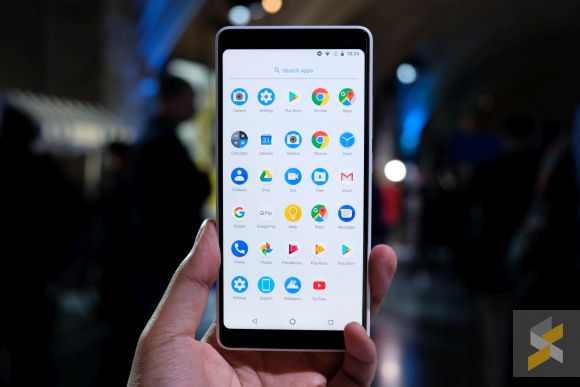
Then, there’s the software. Like most of the phones Nokia launched today, the Nokia 7 Plus is an Android One device and that means you get a stock Android experience with regular software updates. This includes things like security updates and OS updates but I suppose this isn’t too surprising since Nokia’s already committed to that.
Still, good things should always be praised.
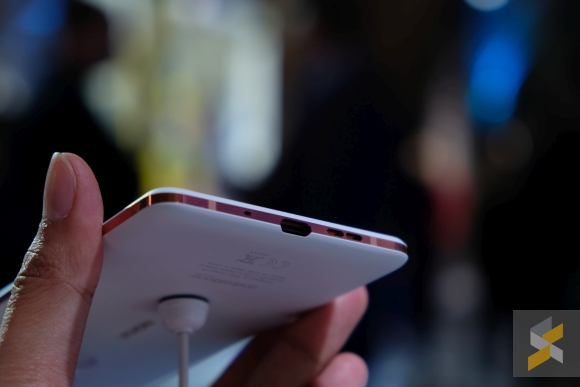
Combined, the body, look and software really gave the phone a Pixel 2 XL-esque feel. Navigating through the phone felt snappy and smooth, and I’m personally a fan of rounded corners on a smartphone’s display.
That said, the Nokia 7 Plus isn’t just a Pixel with slightly less performance. Perhaps the biggest difference is the fact that the 7 Plus doesn’t come with stereo speakers.
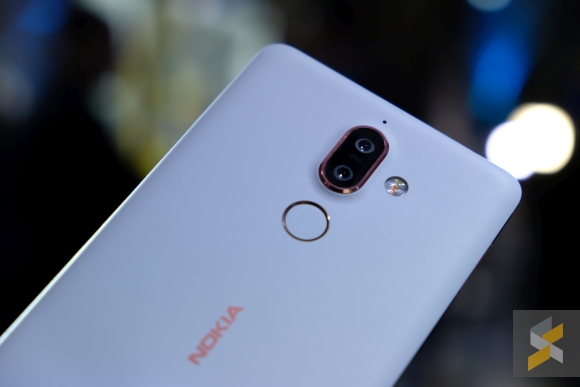
But there’s also the camera, where the Nokia 7 Plus features a dual-camera module at the back and a 16MP selfie camera in front. The dual-camera system is one with a 12MP primary main camera with large 1.4 micron pixels and a large f/1.75 aperture lens. The secondary main camera provides a short telephoto f/2.6 aperture lens that channels light into a 13MP sensor.
I didn’t get to test the cameras out in the event but they all come with ZEISS lenses and have some capable-sounding on-paper specifications. I just hope it’s not as bad as the Nokia 8’s camera. At least the software won’t be as bad because Nokia’s got a new camera UI (with Lumia-styled Pro Mode) for all the smartphones that come with ZEISS lenses.

As a package, the Nokia 7 Plus is pretty attractive. It’s got a lot going for it, from the excellent build, great software, nice look, and good screen. However, being a mid-range device — premium or otherwise — the ultimate factor that would decide whether it sinks or floats is the handset’s price.
If we directly convert the European price of EUR399, we get a figure of around RM1,920, which puts it pretty high into the premium mid-range. Will it be priced like that in Malaysia? We doubt it, it’ll probably be lower. But, there is a chance it doesn’t make it onto our shores.
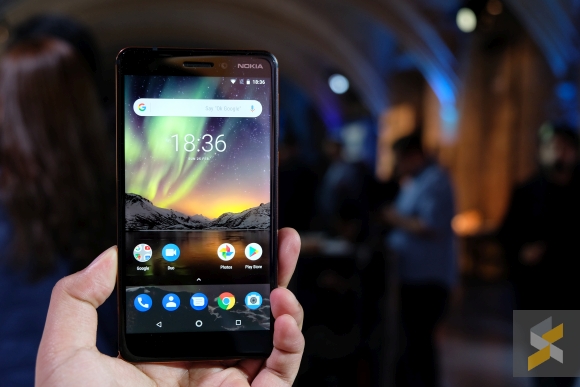
Nevertheless, if you prefer something more affordable, there’s the refreshed Nokia 6 that comes with a better Snapdragon 630 processor (good riddance SD450) and a staunch new build. Still solid as ever, but just that much more attractive with the new SoC. The new Nokia 6 will retail for about EUR279 (which is about RM1,342). That said, in China, it’s priced below RM1,000 so it’s likely that we’ll get something closer to that if the Nokia 6 launches locally.
